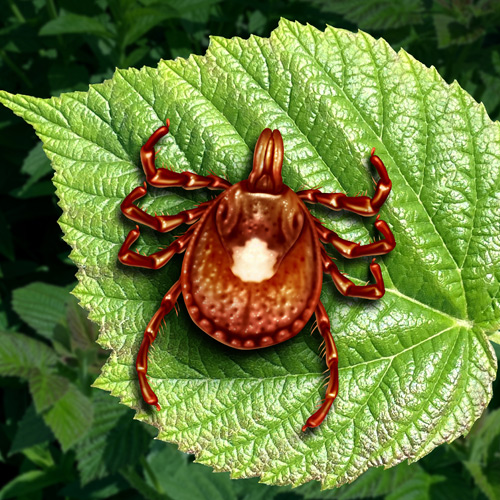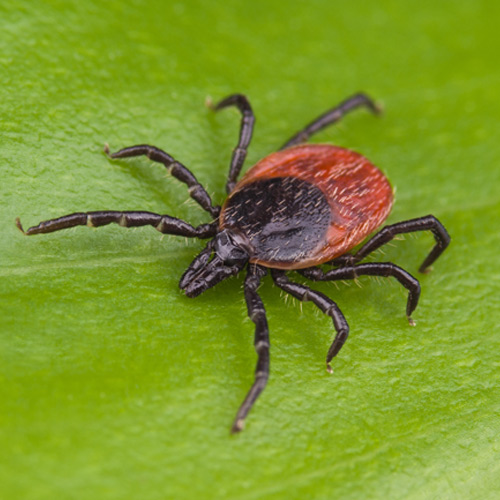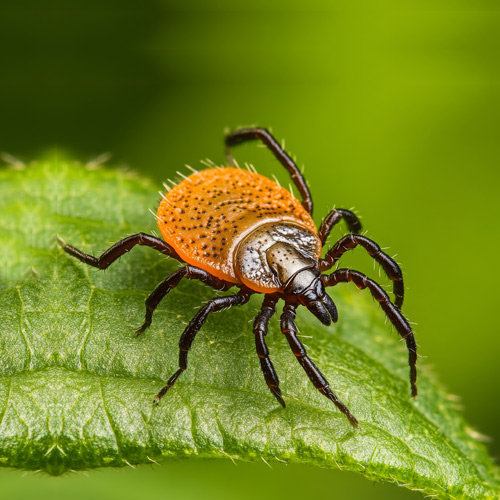F or years, many researchers have assumed that alpha-gal syndrome (AGS) in the US was caused by only one species of tick: the lone star tick (Ambylomma americanum), which is most common across the Midwest and South and does not carry Lyme disease.
Two new studies report cases of AGS triggered by bites of blacklegged ticks (Ixodes scapularis and Ixodes pacificus) in Maine and Washington. This species is better known for carrying Lyme disease.
Three Kinds Of Ticks

Lone Star Tick
(Amblyomma americanum)

Blacklegged Deer Tick
(Ixodes scapularis)

Western Blacklegged Tick
(Ixodes pacificus)
This research bolsters patient reports of developing both Lyme disease and AGS after the same tick bite.
AGS is a tick bite-induced allergy to galactose-α-1,3-galactose (alpha-gal), a sugar molecule found in meat from all mammals except for humans and some primates. It’s also found in milk, other ingredients derived from mammals, and some seaweeds used to make carrageenan, a common food additive……Join or login below to continue reading.




























